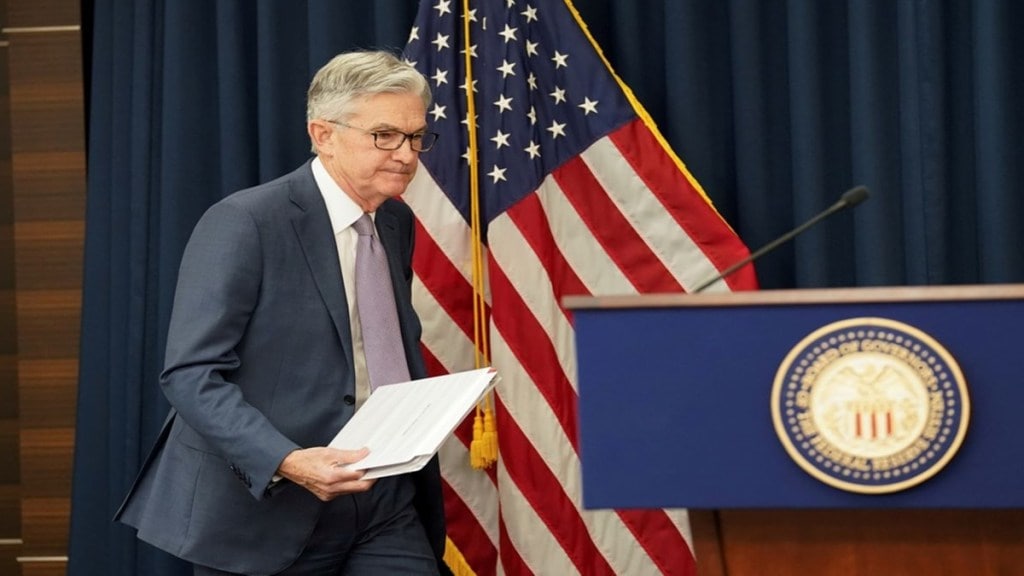The Federal Open Market Committee (FOMC) has raised interest rates by 25 basis points taking the Federal Funds Rate range to 5% – 5.25%. The FOMC met on May 2 and May 3 to decide on the policy rate and was expected to deliver a quarter-point hike in the ongoing quantitative tightening round of rate hikes. This is the tenth straight rate increase by the US Fed after it started raising rates to tame inflation which has come down to under 6% from a high of 9.1% witnessed last year.
After the Federal Reserve increased the Fed funds rate by 25 basis points as anticipated and hinted at a potential pause in tightening, US stocks initially rose on May 3. But then, the fall came after investors considered remarks by Fed Chair Powell at the press conference suggesting no rate cut is on the table if inflation remains high. The Dow ended the day on Wednesday 270 points lower while the S&P 500 and Nasdaq 100 dropped nearly 0.7% and 0.5%, respectively.
Inflation still remains high, but rate hikes are making lending more stringent, raising banking fears. Even if the Fed keeps the door open for more rate hikes, they are aware that it may result in a rough landing for the economy.
The US CPI will be released on May 10 and until the FOMC’s next meeting in June, there will be a slew of other macroeconomic data linked to the labour market, etc. Meanwhile, markets will be analysing comments on potential rate hikes from Fed Chairman Powell and other Fed officials as they speak from various venues after the Blackout period.
Also Read: US Fed list out reasons for the collapse of Silicon Valley Bank
“Markets expects the Fed chief to indicate that the central bank is at the end of the rate hike cycle with this being the final rate hike post which they are likely to pause for some time. The Fed is not expected to make any changes to the dot plots and maintain their guidance for a fed fund rate of 5.1% for Dec 2023,” says Manish Jeloka, Co-head of Products & Solutions, Sanctum Wealth.
Also Read – US Fed Report on SVB: Bank run on deposits appears to be fueled by social media
If a pause is what the markets expect, there are some market observers who also consider a rate cut before 2023 ends. “According to the CME group, there is a high probability the Fed will start to cut the rate by the end of 2023. This is a base scenario that is seen in the yield curve inversion of treasury bonds. If so, the market has already priced it, and it is very likely the Fed will manage a soft landing, and financial markets will continue to grow.
In case of some deviation in the plan, the risk of a recession or a longer period of high inflation will be increased, which can lead to the market drop,” says Ruslan Lienkha, Chief of Markets at YouHodler, a Swiss-based international fintech platform.
Meanwhile, the sooner-than-expected debt ceiling deadline of June 1 announced by Treasurer Janet Yellen has sparked worries about rising rates, potential credit downgrades, and unstable financial markets. “A failure between Democrats and Republicans in Congress to agree on debt-ceiling matters will almost certainly pull equities much lower amidst the current environment with a plethora of other risks such as elevated valuations, recession, earnings contraction, geopolitics, Fed overtightening, and credit access constraints,” says José Torres, Senior Economist at Interactive Brokers.

